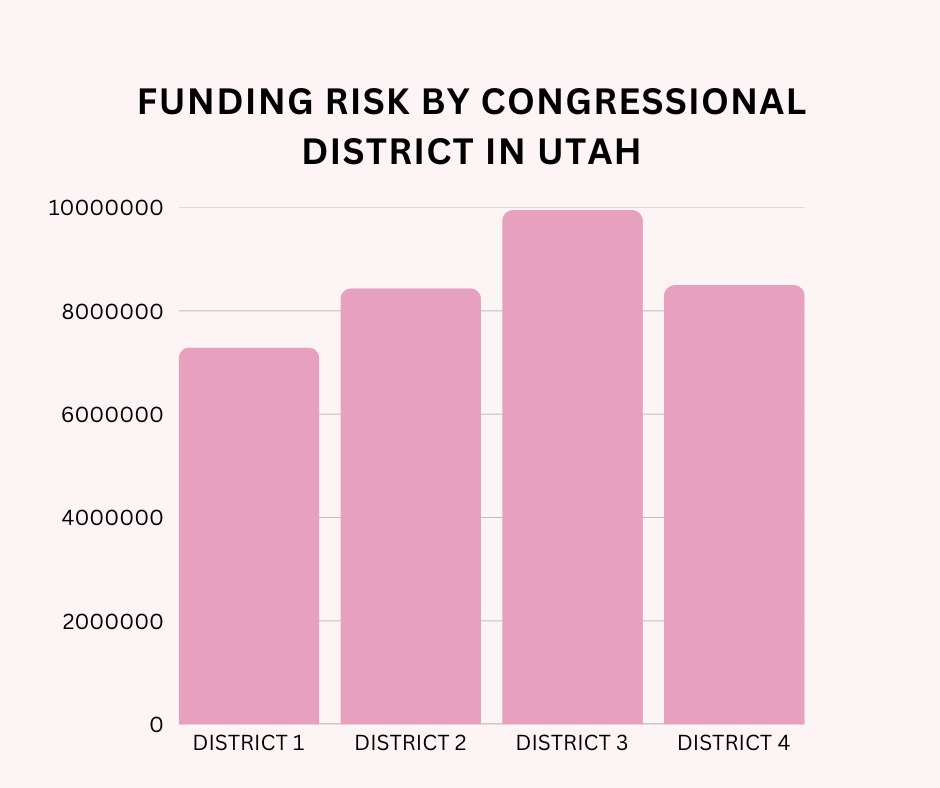NASA Launches Parker Solar Probe
October 2, 2018
On August 12, 2018, at 3:31 am, NASA launched the Parker Solar Probe on its mission to study the sun. The probe will travel closer to the sun than any other man-made object and will reveal numerous insights into the nature of our star.
According to NASA, the car-sized probe—named after the physicist Eugene Parker, who was present for the launch—will perform seven gravity assists with Venus, which will allow it to shorten its orbit and get closer to the sun, and pass the sun twenty-four times during its 7-year mission.
“The probe will help us understand the sun better. We will be able to collect data on the corona of the sun. It is also a great example of engineering building a shield that can get that close to the sun without the probe melting is really cool,” said Junior Athan Bellamis, who can be frequently seen walking through the hall in his NASA shirts. “To me, it means we are closer to understanding our solar system and it could possibly help us understand different stars in the galaxy.”
The mission has its origins in 1958 when Eugene Parker released a scientific paper that theorized the existence of the solar wind. The questions brought up by this paper—and subsequent others in the sixty years since—regarding the nature about the sun, led to the development of the probe.
Only with the scientific breakthroughs and advancements of the past few decades has the mission become a possibility. The key technology that allows this mission to be possible are primarily held in its heath shielding systems: the solar array cooling system, and the Thermal Protection System (TPS). Both of these systems will allow the probe to get close to the sun, withstanding the massive heat of the Corona, which can reach temperatures in the millions of degrees Fahrenheit.
Regarding the mission, Thomas Zurbuchen, associate administrator of NASA’s science mission directorate said on the NASA website, “This mission truly marks humanity’s first visit to a star that will have implications not just here on Earth, but how we better understand our universe. We’ve accomplished something that decades ago, lived solely in the realm of science fiction.”
Perihelion #24—the point of the probe’s orbit that is closest to the sun—will mark the end of its current mission plan in 2025. During the seven-year mission, it will have collected a massive amount of information about the acceleration of energetic particles, the structure of the sun’s magnetic fields, and the cause for the corona’s immense heat.



